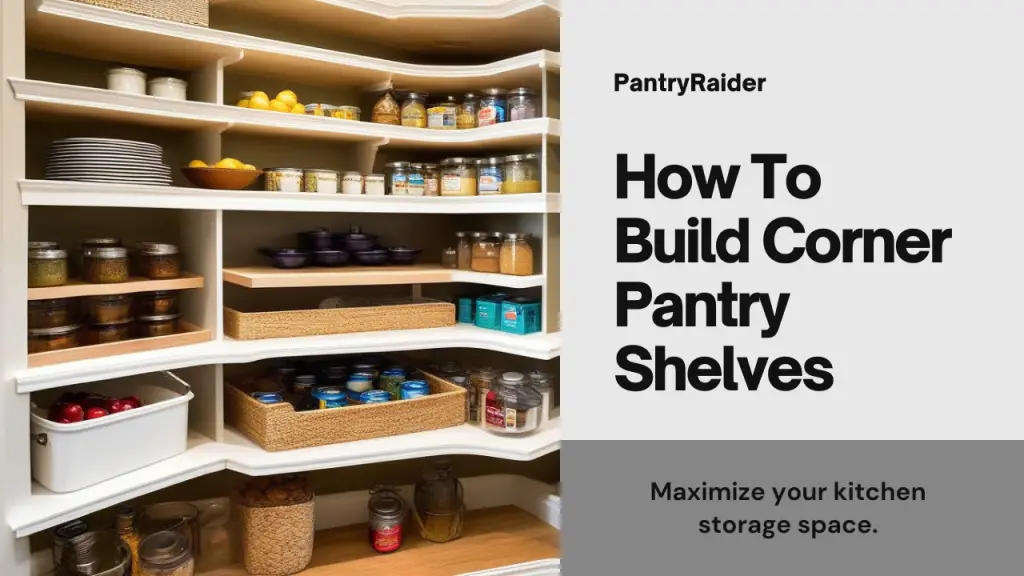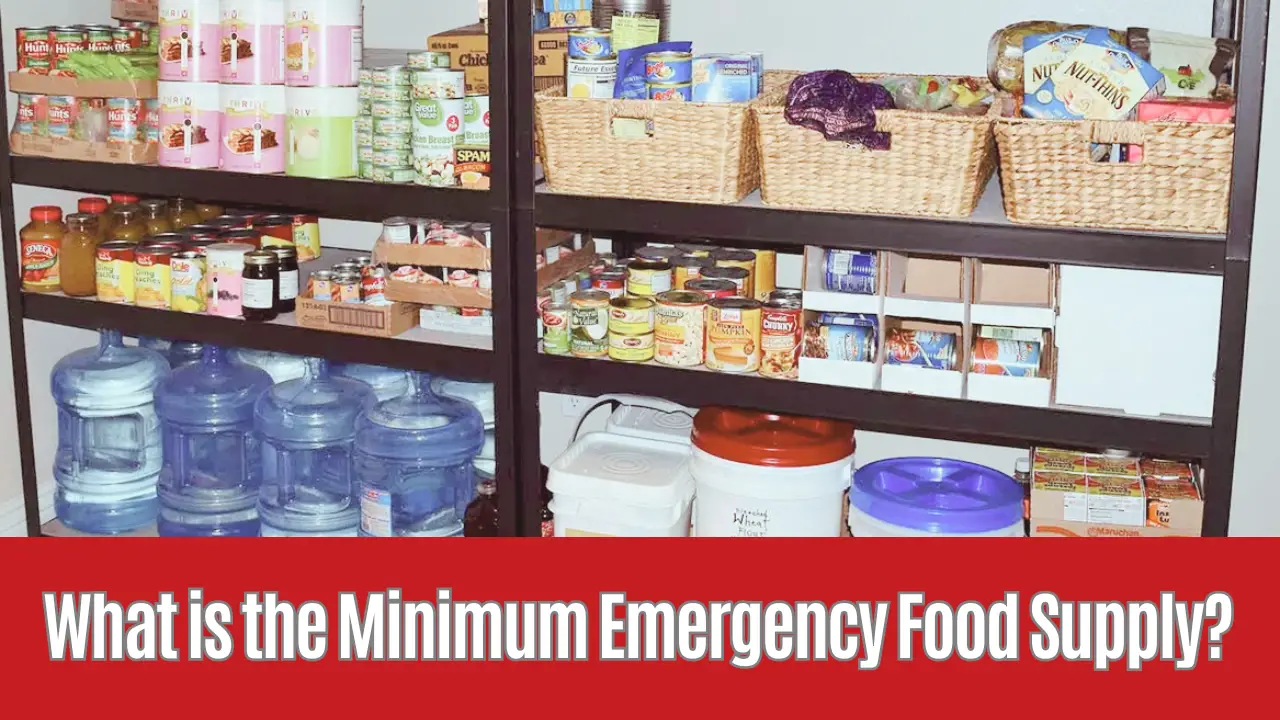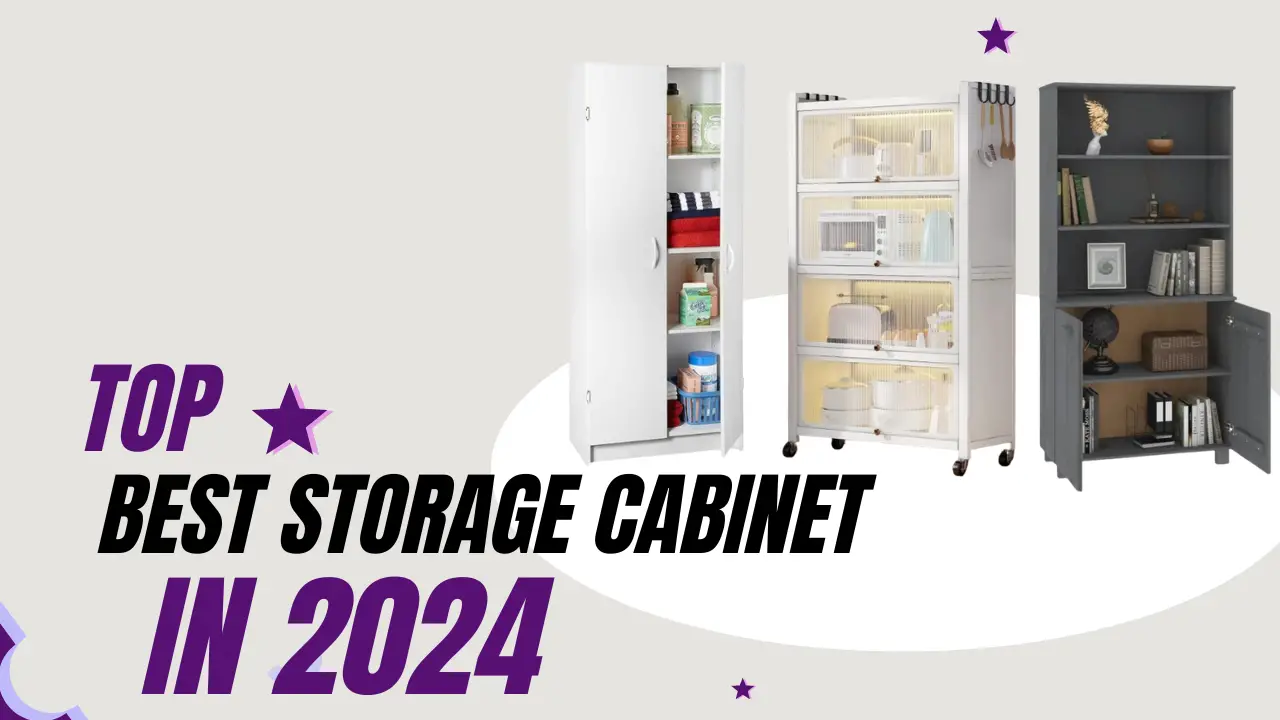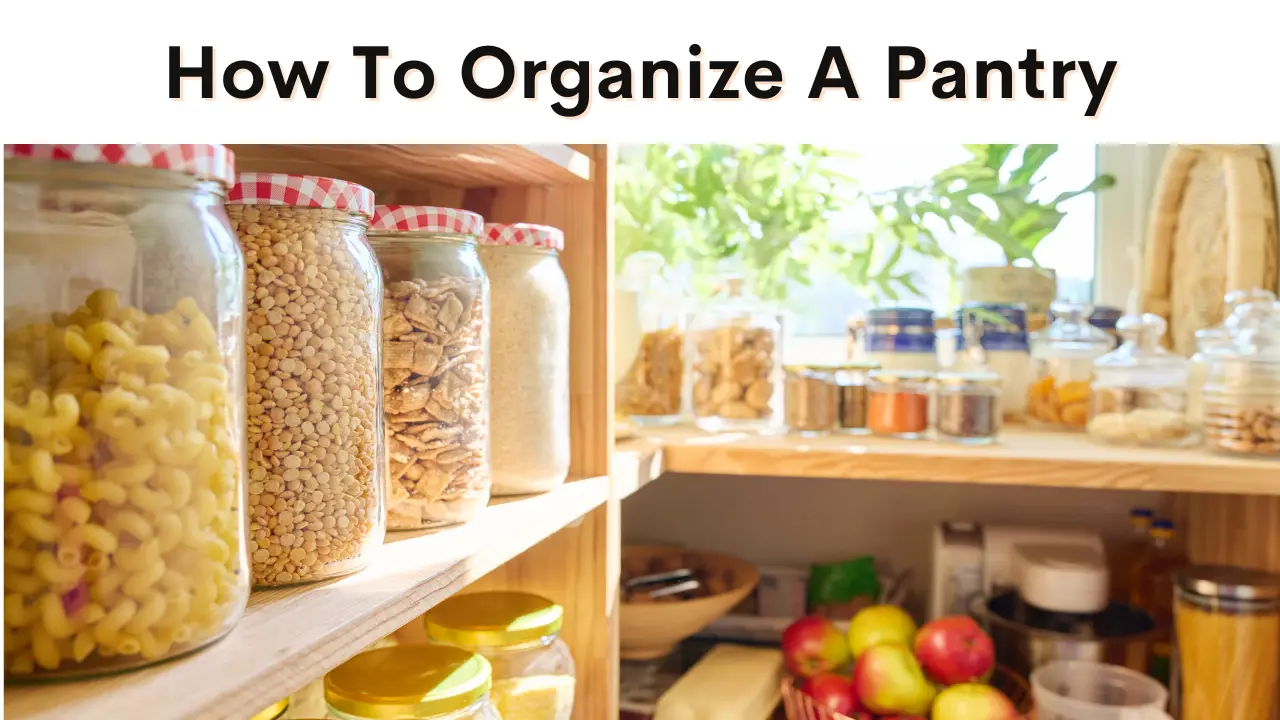Are you tired of your corner pantry being an unorganized mess? If so, it’s time to take matters into your own hands and build some corner pantry shelves. With a little bit of time and effort, you can transform your pantry into a well-organized space that maximizes storage and makes finding your ingredients a breeze.
In this article, we will guide you through the process of how to build corner pantry shelves step by step. We will help you assess your space and determine the size and design of your shelves. We will also provide you with a list of necessary tools and materials to gather before you begin.
How to build corner pantry shelves? Start by measuring the available space in your corner pantry and gathering the necessary materials, such as plywood, screws, and a saw. Cut the plywood into appropriate shelf sizes based on your measurements. Assemble the shelves securely, ensuring they fit snugly into the corner, and attach them to the walls using screws for stability.
Once you have everything you need, we will walk you through measuring and marking the corner for installation, followed by building and installing the shelves. Finally, we will give you tips on organizing and maximizing the storage space on your newly built corner pantry shelves.
So, let’s get started and turn your messy pantry into a functional and organized space that you’ll love!
Assess Your Space and Determine the Size and Design of Your Shelves
Now it’s time to take a good look at your space and figure out the perfect size and design for your pantry shelves.
Start by measuring the corner area where you plan to install the shelves. Consider the height, width, and depth of the space to ensure your shelves fit properly.
Next, think about how many shelves you want and how far apart you want them to be. This will depend on the items you plan to store on the shelves. If you have taller items, like cereal boxes or kitchen appliances, you may want to leave more space between the shelves.
Additionally, consider the material options for your shelves. You can choose from various options, such as wood, wire, or melamine. Each material has its advantages and disadvantages, so consider factors like durability, cost, and aesthetics when making your decision.
Once you have determined the size and spacing of your shelves, it’s time to think about the design. Do you want your shelves to be adjustable or fixed? Adjustable shelves can be moved up or down to accommodate different items, while fixed shelves offer stability and a sleeker look.
Additionally, think about the shape of your shelves. Will they be straight or curved to fit the corner space? Curved shelves can maximize the storage potential of your corner pantry and add a unique touch to your kitchen.
Lastly, consider any additional features you may want, such as pull-out drawers or lazy susans for easy access to items at the back of the shelves. By carefully assessing your space and considering these design options, you can create corner pantry shelves that are both functional and visually appealing.
Gather the Necessary Tools and Materials
Before you start, make sure you have all the tools and materials required to complete the project. Maximizing your pantry space is crucial, so it’s important to choose the right corner shelf design.
For this project, you’ll need a tape measure, a level, a power drill, screws, a saw, and a stud finder. These tools will help you accurately measure, level, and secure your shelves.
Additionally, you’ll need materials such as plywood or melamine boards for the shelves, brackets or shelf supports, and paint or stain to finish the shelves. Make sure to gather all these tools and materials before you begin, as it’ll save you time and ensure a smoother building process.
When it comes to choosing the right corner shelf design, consider your specific needs and the available space in your pantry. There are various designs to choose from, such as L-shaped shelves or rotating carousel shelves.
L-shaped shelves are great for maximizing space in a small corner pantry, allowing you to utilize every inch of the area. On the other hand, rotating carousel shelves provide easy access to all items as they spin around, making it convenient to reach items stored in the back.
Consider the items you plan to store on the shelves and how you want them organized when selecting a design. By carefully considering your needs and the available space, you can choose a corner shelf design that maximizes your pantry space and suits your storage requirements.
Measure and Mark the Corner for Installation
To ensure accurate measurements for your corner pantry shelves, start by gathering a tape measure, pencil, and level.
Begin by measuring the height and width of the corner where you plan to install the shelves. Use the level to make sure your measurements are straight and level.
Once you have your measurements, mark the wall with a pencil to indicate where the shelves will be placed. This will serve as a guide for the installation process.
Tips for accurate measuring
Make sure you’re accurately measuring the dimensions of your corner pantry shelves to ensure a perfect fit. Use accurate measuring techniques to avoid common measuring mistakes.
Start by using a tape measure to measure the height, width, and depth of the space where you want to install the shelves. Be sure to measure from the floor to the ceiling and from wall to wall to get the correct dimensions.
Double-check your measurements to make sure they’re accurate before moving on to the next step.
When measuring the height, be mindful of any baseboards or crown molding that may affect the measurements. Measure from the highest point of the baseboard or the lowest point of the crown molding to ensure that your shelves will fit perfectly.
Additionally, when measuring the width, take into account any obstacles, such as pipes or electrical outlets, that may affect the space available for the shelves.
By paying attention to these details and avoiding common measuring mistakes, you can ensure that your corner pantry shelves will fit accurately and provide the storage space you need.
Marking the wall for shelf placement
Once you’ve measured and visualized the perfect placement for your new corner pantry shelves, start marking the wall for their installation.
Begin by using a pencil and a level to mark the height at which you want the shelves to be installed. This will ensure that your shelves are evenly spaced and visually appealing.
Next, use a measuring tape to mark the desired width of each shelf. Take into consideration the items you plan to store on each shelf and adjust the spacing accordingly. It’s important to leave enough room between each shelf so that taller items can fit comfortably.
Once you have marked the height and width of each shelf, step back and double-check your measurements to ensure accuracy.
After marking the wall for shelf placement, you can also consider marking the locations for any additional features you want to incorporate into your corner pantry design. This could include hooks for hanging utensils or a small chalkboard for writing grocery lists.
Take the time to carefully plan and mark these additional features to make sure they are placed in convenient and functional locations. Additionally, consider the spacing between each feature to ensure everything fits and looks aesthetically pleasing.
By taking the time to accurately mark the wall for shelf placement and any additional features, you can ensure that your corner pantry shelves are not only practical but also visually appealing.
How To Build Corner Pantry Shelves?
Build and Install the Shelves
To build and install the shelves for your corner pantry, start by measuring and marking the corner for installation. Once you’ve determined the location, follow these step-by-step instructions for constructing the shelves.
Make sure to use the proper tools and techniques to ensure a sturdy and functional installation. Additionally, here are some tips to keep in mind for a successful installation:
- Double-check your measurements.
- Use a level to ensure the shelves are straight.
- Secure them properly to the walls for added stability.
Step-by-step instructions for constructing the shelves
Start by measuring the height and width of your corner pantry to determine the appropriate size for the shelves. Accurate measurements are crucial to ensuring the shelves fit perfectly and maximizing the available space in your pantry.
Take into consideration the items you plan to store on the shelves, as this will help determine the height between each shelf. This step is essential for creating efficient storage solutions and making the most of your corner pantry.
Once you have your measurements, you can begin constructing the shelves. Start by cutting the appropriate-sized boards or plywood for the shelves. Use a saw or a circular saw to make precise cuts.
Next, attach support brackets or cleats to the walls of the corner pantry. These brackets will provide stability and support for the shelves. Make sure to secure them firmly to the walls, using screws and a drill.
Once the brackets are in place, carefully place the shelves onto the brackets. Double-check that they are level and secure. You can use a level tool to ensure the shelves are straight.
Repeat the process for each shelf, making sure to leave enough space between them for the items you plan to store.
With these simple steps, you can easily construct your corner pantry shelves and enjoy an organized and efficient storage solution.
Tips for proper installation
For a successful installation, make sure you follow these helpful tips.
First, proper spacing is crucial when installing corner pantry shelves. Make sure you measure the distance between each shelf accurately to ensure there’s enough space for your items. You don’t want the shelves to be too close together, as it can make accessing your pantry items difficult. On the other hand, spacing them too far apart may result in wasted space. Finding the right balance will allow you to maximize the storage capacity of your corner pantry shelves.
Secondly, pay attention to the weight distribution when installing the shelves. It’s essential to distribute the weight evenly to prevent any sagging or potential damage to the shelves. Distributing heavier items towards the bottom and lighter items towards the top will help maintain the stability of the shelves. Additionally, consider using shelf brackets or supports to provide additional support for heavier items. This will help ensure that your corner pantry shelves can withstand the weight of your pantry items without any issues.
By following these tips, you can ensure a proper installation of your corner pantry shelves, allowing you to organize your pantry effectively and efficiently.
Organize and Maximize the Storage Space
When organizing and maximizing the storage space in your corner pantry, it’s important to consider how you arrange items on the shelves.
By placing frequently used items within easy reach and grouping similar items, you can create a more efficient and functional pantry.
Additionally, utilizing storage solutions such as baskets or bins can help keep smaller items organized and prevent them from getting lost or misplaced.
Arranging items on the shelves
To make the most of your corner pantry shelves, it’s essential to strategically arrange items in a way that maximizes space and accessibility.
Start by categorizing similar items together, such as canned goods, spices, and baking supplies. This will make it easier to find what you need and prevent duplicate purchases.
Utilize bins and baskets to group smaller items or loose packets, ensuring they don’t get lost or clutter the shelves.
Place frequently used items at eye level or within easy reach, while reserving the higher and lower shelves for less commonly used items or bulk storage. This will help you quickly locate everyday essentials without having to dig through the entire pantry.
In addition to categorizing and organizing, consider utilizing vertical space by installing shelf risers or adjustable shelving units. These additions will allow you to stack items vertically, making use of the full height of the pantry.
Place taller items, such as cereal boxes or oil bottles, towards the back of the shelves, while smaller items can be placed towards the front for better visibility.
Don’t forget to label your shelves or use clear containers to easily identify the contents of each section. This will save you time and effort when searching for specific ingredients or supplies.
By following these tips, you can effectively arrange your items on your corner pantry shelves, optimizing space and ensuring a well-organized and functional pantry.
Utilizing storage solutions such as baskets or bins
Maximize the functionality of your corner pantry by incorporating storage solutions like baskets or bins, creating a sense of order and efficiency. By utilizing these storage solutions, you can effectively organize your pantry and make it easier to find and access items. Baskets or bins can be placed on the shelves of your corner pantry to group similar items together and keep them in one place. This not only helps to maximize space but also makes it easier to maintain a tidy and clutter-free pantry.
To give you a visual representation of how you can use baskets or bins in your corner pantry, here is a 3-column and 3-row table:
| Column 1 | Column 2 | Column 3 |
|---|---|---|
| Canned goods | Snacks | Baking supplies |
| Pasta and grains | Breakfast items | Cleaning supplies |
| Condiments | Beverages | Pet food |
By assigning specific categories to each basket or bin, you can easily sort and locate items when needed. This pantry organization system allows you to quickly identify what you have and what you need to restock. Additionally, you can label each basket or bin to further enhance the organization and ensure everything is in its proper place. Incorporating storage solutions like baskets or bins not only maximizes the available space in your corner pantry but also creates a visually appealing and efficient system for pantry organization.
Conclusion
In conclusion, how to build corner pantry shelves? Building corner pantry shelves can be a rewarding and practical DIY project. By assessing your space and determining the size and design of your shelves, you can create a customized storage solution that maximizes your pantry’s potential.
Gather the necessary tools and materials, such as wood, screws, and a saw, to ensure a smooth construction process.
Once you have measured and marked the corner for installation, it’s time to build and install the shelves. Follow the steps outlined in the article, such as cutting the wood to size, attaching the shelves to the wall, and reinforcing them for added stability. Don’t forget to take into account any specific needs or preferences you have for organizing your pantry items, such as adjustable shelves or dividers.
Once your corner pantry shelves are complete, take the time to organize and maximize the storage space. Consider using bins, baskets, or labeled containers to keep items neatly sorted and easily accessible. Remember to regularly declutter and restock your pantry to maintain its functionality.
With your newly built corner pantry shelves, you can create a well-organized and efficient space that will make meal planning and grocery shopping a breeze. So, roll up your sleeves and get ready to build your dream pantry!











Pingback: Is Mdf Strong Enough For Pantry Shelves? - Pantry Raider